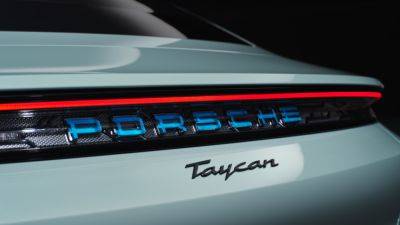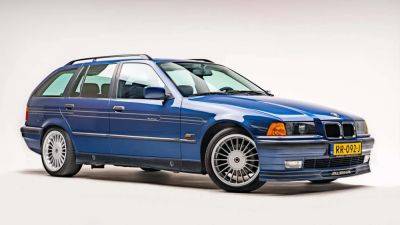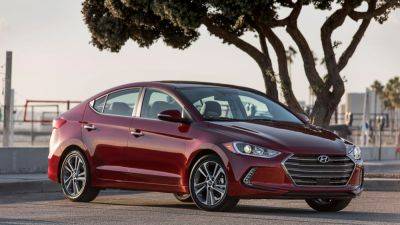Study: These are the most expensive vehicles to drive per mile
Gas prices have climbed to record highs in some places, but the data show that vehicles with internal combustion engines are still cheaper to drive than EVs. In fact, according to a recent iSeeCars study, the 15 most expensive vehicles to drive per mile are all plug-in models.
iSeeCars looked at the number and cost of miles driven by different fuel types between November 2022 and April 2023. EVs were driven the least and were the most expensive to drive 1,000 miles. Gas cars were driven the most but were slightly more expensive to operate over that same mileage cycle. Breaking things down further by model, the most expensive vehicles to operate on a per-mile basis were all plug-ins, with the Porsche Taycan being the priciest.
The higher purchase price, combined with the fact that higher-end luxury vehicles tend to be driven less, pushes their average cost per mile higher than other models. That point becomes more apparent when looking at the two Porsche’s average new prices, which land at $138,914 and $111,985 for the Taycan and Cayenne PHEV, respectively. They’re also the only two in the study with six-figure average price tags.
Hybrids, on the other hand, comprise most of the 15 cheapest vehicles to operate per mile. The Honda Insight had a per-mile cost of just $1.46, followed by the Hyundai Ioniq Hybrid at $1.81 and the Toyota Corolla Hybrid at $1.86. iSeeCars executive analyst Karl Brauer said that hybrids are becoming more attractive for buyers as the cost gap between them and traditional gasoline models continues to shrink.







